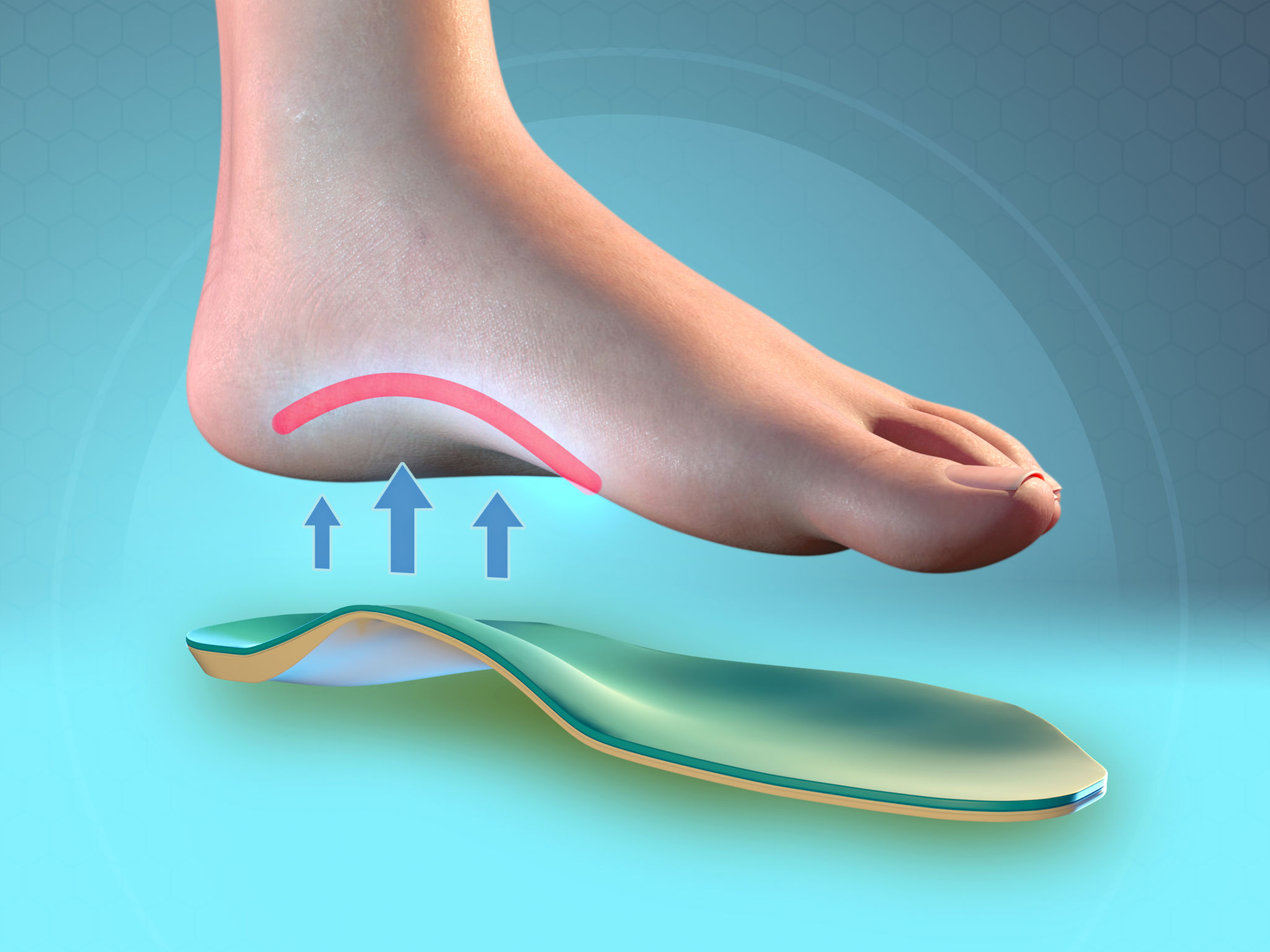What Hyrox shoes should I wear?
How to Measure and Calculate Your Foot Type for Choosing the Right HYROX Shoes 👣
One of the greatest mysteries in HYROX is... what shoes to wear? 🤔
You've finally committed to your first HYROX race, but now you're staring down the rabbit hole of shoe options, and with shaking hands, you dare to ask in the HYROX community: "What shoes should I wear?" Instantly, you know you’ve branded yourself as a newbie—no longer a part of the fit elite, but simply a human who doesn’t know one of the biggest HYROX mysteries! 😅

But fear not, I’ve been there! And choosing the perfect pair of shoes for HYROX isn’t just about looking cool—it’s about finding shoes that match your foot type and running style. Here's a simple guide to help you solve the shoe mystery. 
1. Determine Your Arch Type:
Your arch plays a big role in how your foot absorbs shock and handles impact during runs and stations. Here’s a quick test:
Wet Foot Test:
Step 1: Wet the bottom of your foot.
Step 2: Step onto a piece of paper and check your footprint.
Step 3: Analyze the shape of your print:Flat Foot (Low Arch): Your entire foot is visible, no curve. You’ll need shoes with extra support to prevent overpronation.
Neutral Arch: A nice curve along the inside of your foot—go for shoes with balanced support and flexibility.
High Arch (Pes Cavus): Only your heel and the ball of your foot show up in the print. You’ll want extra cushioning to absorb impact.
Want to understand more about Arch types: This article from RunRepeat are very helpful.

2. Identify Your Running Style (Gait):
Your gait impacts how your foot strikes the ground. Knowing this helps you pick shoes that support your natural motion:
Gait Analysis:
Step 1: Look at the wear patterns on your current shoes. Heel Wear: If the outer heel is worn down, you’re a heel striker—look for extra heel cushioning.
Midfoot Wear: If the middle of the foot is worn, you’re a midfoot striker—go for balanced cushioning.
Forefoot Wear:
If the front is worn down, you’re a forefoot striker—consider shoes with less heel-to-toe drop.
Step 2: For a pro analysis, visit a running store that offers gait assessments. They’ll give you the lowdown on your stride.
Wanna know more about Gait and where to get the analysis in UK? RunnersNeed explains and mapped out the places here.
3. Test for Flexibility & Stability:
Flexibility: Stand on your toes. If your feet feel stiff, you might need shoes with more flexibility.
Stability: Try balancing on one foot. If you wobble, you’ll want shoes with enhanced stability.

4. Measure Your Foot Length and Width:
Step 1: Trace your foot on a piece of paper.
Step 2: Measure from your longest toe to your heel and across the widest part of your foot.
Step 3: Match your measurements to shoe size charts (which vary slightly between brands).
By understanding your arch type, running style, and foot measurements, you'll crack the code and pick the best shoes for your HYROX race. With the right shoes, you’ll have the perfect balance of support, grip, and performance for both running and those tricky stations.
The top recomended Hyrox shoes:
Shoe Model (click to see eaxactly what they are good for and for what type of foot and running)
Saucony Endorphin Pro
Puma Deviate Nitro 2
Asics Gel Nimbus
Nike Pegasus 37 Turbo
Adidas Ultra Boost
Hoka Clifton 8
On Cloudboom Echo
New Balance Fresh Foam
Brooks Hyperion
Altra Rivera
I will update the overview ongoing everytime new shoes are introduced.
Please also ensure that you remember to use the "runners knot" to tighten your shoes, this will tigthten, so you don't "fall out" of the shoes on sledge push.
You can see in this video how to do the knot.
My own favourites:
Saucony Edophine Pro for running and Adidas Ultraboost for Hyrox, although I testing Hoka Marc at the moment!
My strongest station is Push sledge, so I don't need to focus so much on much grip strenght on my shoes.

Remember to check the rules and guidelines for Hyrox (these was recently updated September 2024)
Back to front page
